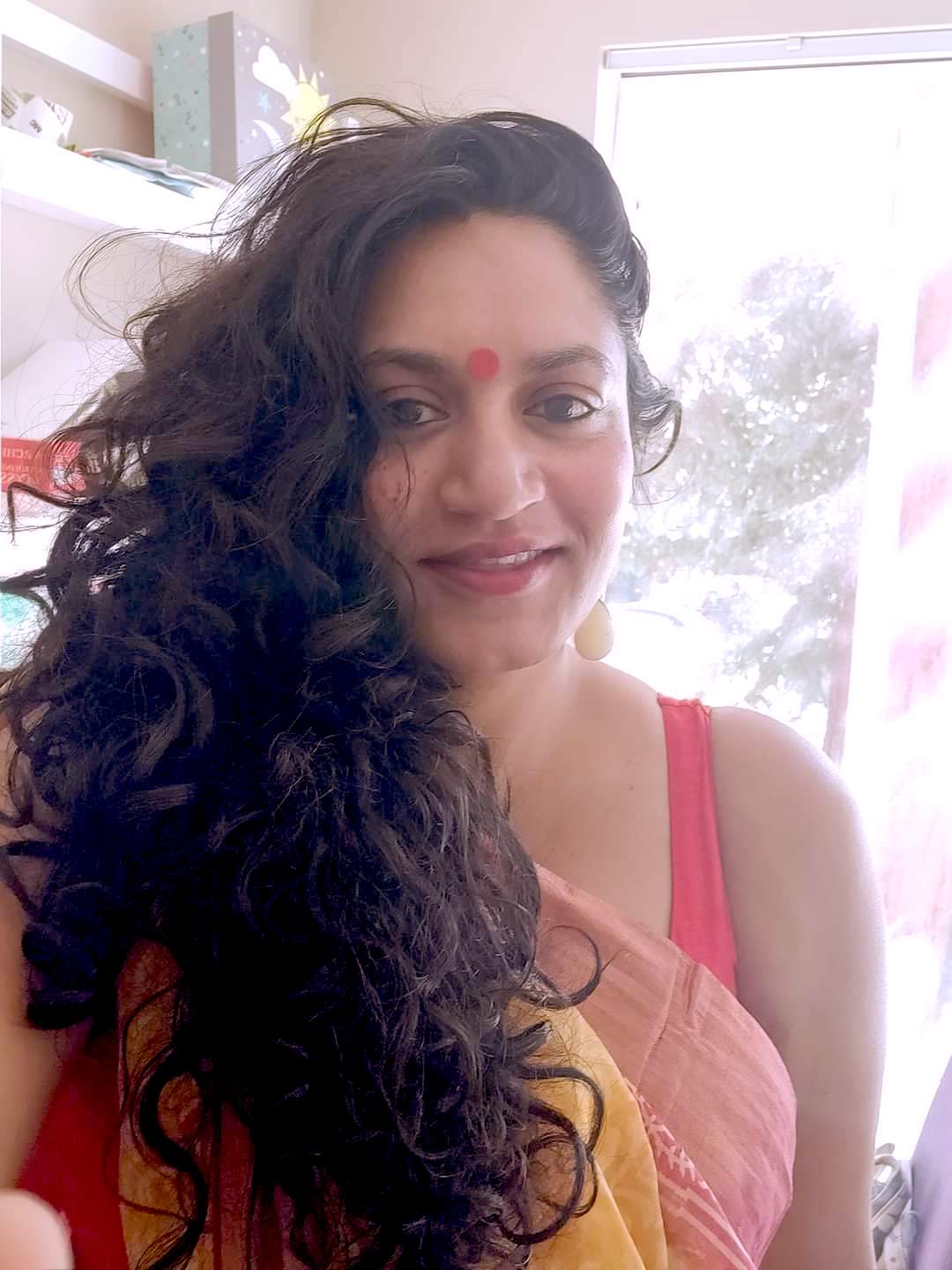Rituparna Chatterjee, author of The Water Phoenix, tosses some horrific numbers. She says over one billion children aged between two and 17 were abused globally in 2019 alone, which was far more than the number of Covid-19 patients in 2020. The Water Phoenix is probably the only book that offers actual solutions.
This is not all. The New York Times said in an investigation that tech companies reported over 45 million online photos and videos of children being sexually abused in 2019—more than double what they found the previous year. “The images are horrific. Children, some just 3 to 4 years old, being sexually abused and in some cases tortured.” The daily found “an insatiable criminal underworld that had exploited the flawed and insufficient efforts to contain it.”
So, let’s understand the gravity of such abuse. Medical practitioners are unanimous that such abuse impacts the structure of children’s brains and their behaviour patterns. The kids want to protect themselves all the time, they are in a state of hyper-alertness. They want to avoid the predators at all costs. Remember that scene from Chandni Bar, where a young kid sexually abused in a juvenile home turn back to put two bullets in the head of his abuser? The murderer, son of the bar dancer, did not live in the shadow of fear, he simply took revenge. Some doctors even say trauma, if not treated, gets stored in body tissues and can cause chronic diseases in later years.
So, we are discussing a very serious issue here. The book is laced with both pain and love, the writer says she lost her mother when she was barely five and was transported by her father to live life with a relative. She was meant to lead a normal life with the so-called trusted relative, but instead, she was heckled, pushed around (read bullied) and sexually abused. The experiences were traumatic, Chatterjee calls it worse than multiple near-death-experiences.
Brilliantly written—someone even said her style was that of celebrated writer turned activist Arundhati Roy—The Water Phoenix explains in detail how she struggled to understand the definition of the red line where love ends, and cruelty starts to haunt. “It was very, very traumatic,” Chatterjee said in a recent interview, explaining how she missed her mother, her guidance, and her shield. It was a tough life, which continued through her time at the boarding school to her move to the land of gold, the Silicon Valley. The writer explains in chapter after chapter how she got rattled by a host of unforeseen events, unexplained events. A hardcore atheist, Chatterjee writes in detail how she found solace from several surreal spiritual events. This, in turn, helped her surface above the troubled waters of her life and pushed her into a life of finality.
The Water Phoenix offers solutions, offers hope, offers voice, and offers the ray of sun to hundreds of thousands of victims of abuse who lack voice and power, and cannot talk about their trauma in India. Chatterjee, whose column “California Dreaming” for the Economic Times highlights an immigrant mother’s life in the United States and its gun violence and shooter drills for kindergarteners, says she has seen it all. “Today the kids carry bullet-proof backpacks. It is tough. There have been times I have shuddered on hearing that there is a shooter on the prowl. My son was smart, he walked calmly to the school.”
Chatterjee says healing is important for those who suffer such trauma, and she again says healing is possible only if someone cares to take the child to such centres. And if the healing is proper, children who have suffered sexual abuse can open and talk about those predators. It could be a sweet uncle, or a friend of the father, or a friend of the mother, or even a friend of the brother. India is full of such horror stories. So where does the child go from there, go from those horrific abuses? Chatterjee says she has a very personal take on what many claim is forgiveness in India—something which is often repeated in epics like the Ramayana or the Mahabharata—and it has worked well. She says those who are victims of abuse cannot just forgive and forget, they can do it only when they are ready. “They must come out of that fear, the fear that has gripped them for long, since childhood. They must have the courage to stand up and talk,” says Chatterjee.
Chatterjee knows what she is saying, she has risen above those dirty, naked eyes of the society and turned her life into a haven of peace and hope, love, and happiness. The Water Phoenix does not talk of revenge, it helps a victim ease out demons from his or her life and open doors for the angels. The Water Phoenix does not display anger, it displays love, a child’s discovery of love. I do not expect principals of schools in India to buy this one from the bookstores or the stores of the publisher, Bloomsbury, but it should happen. If not students, teachers must read it so that they can understand the gravity of the situation and find solutions. What a lovely read.
A great solution to child sexual abuse
- Advertisement -

